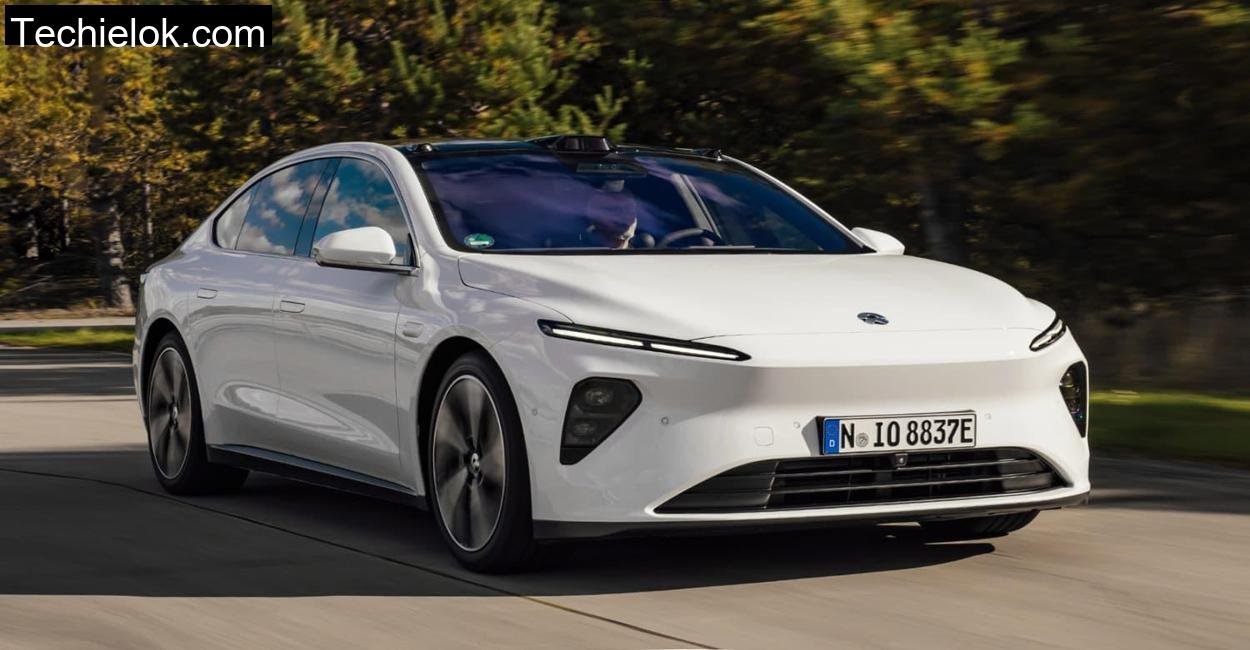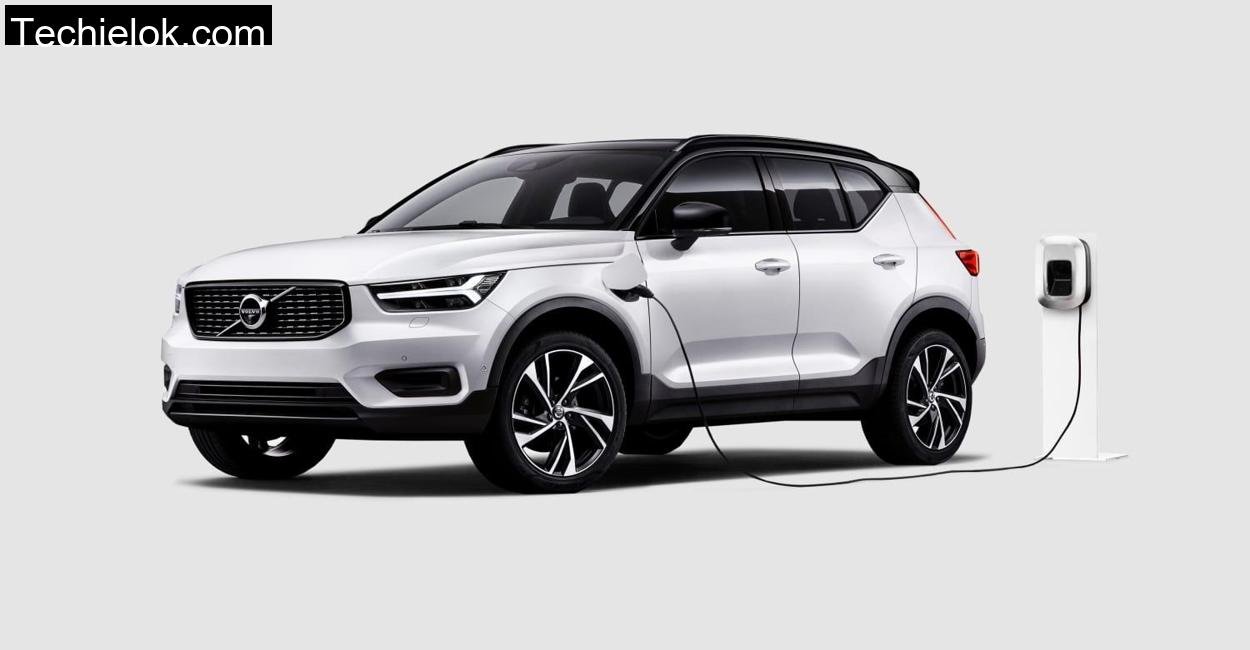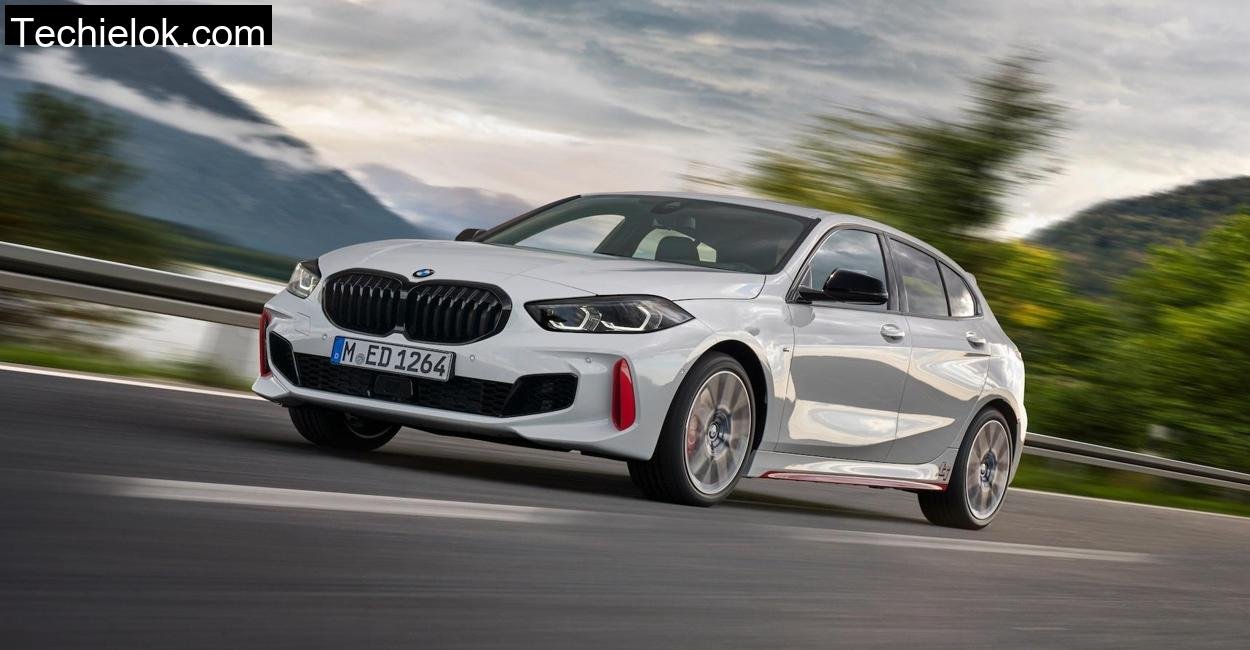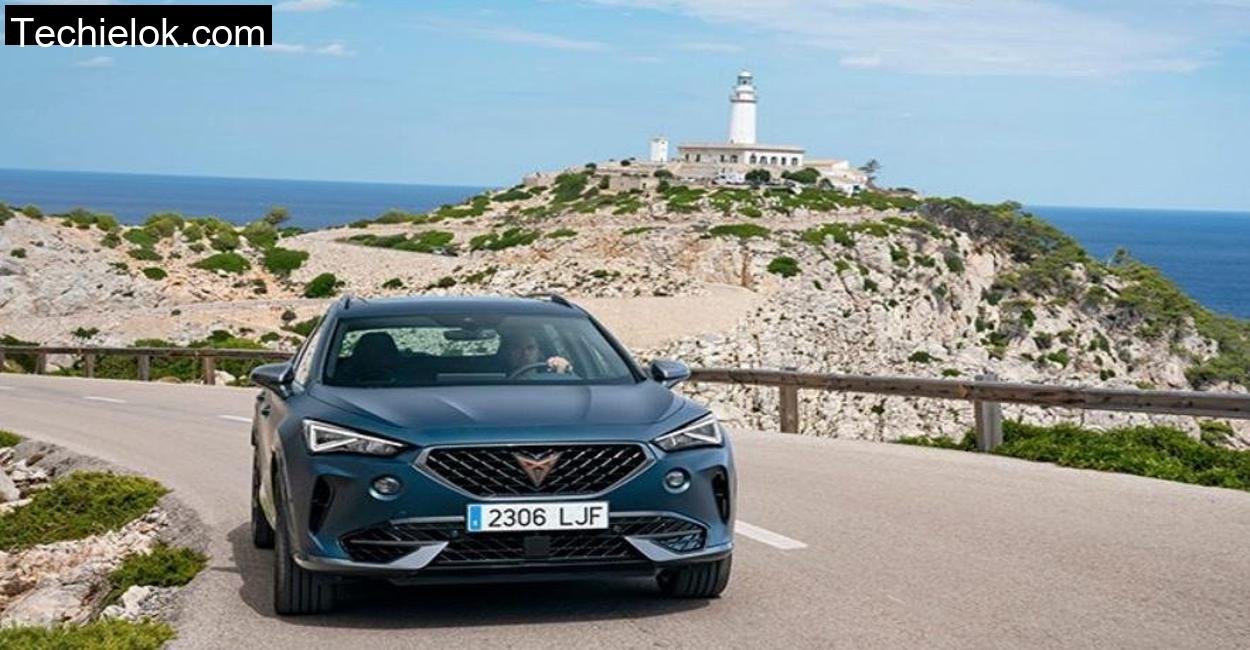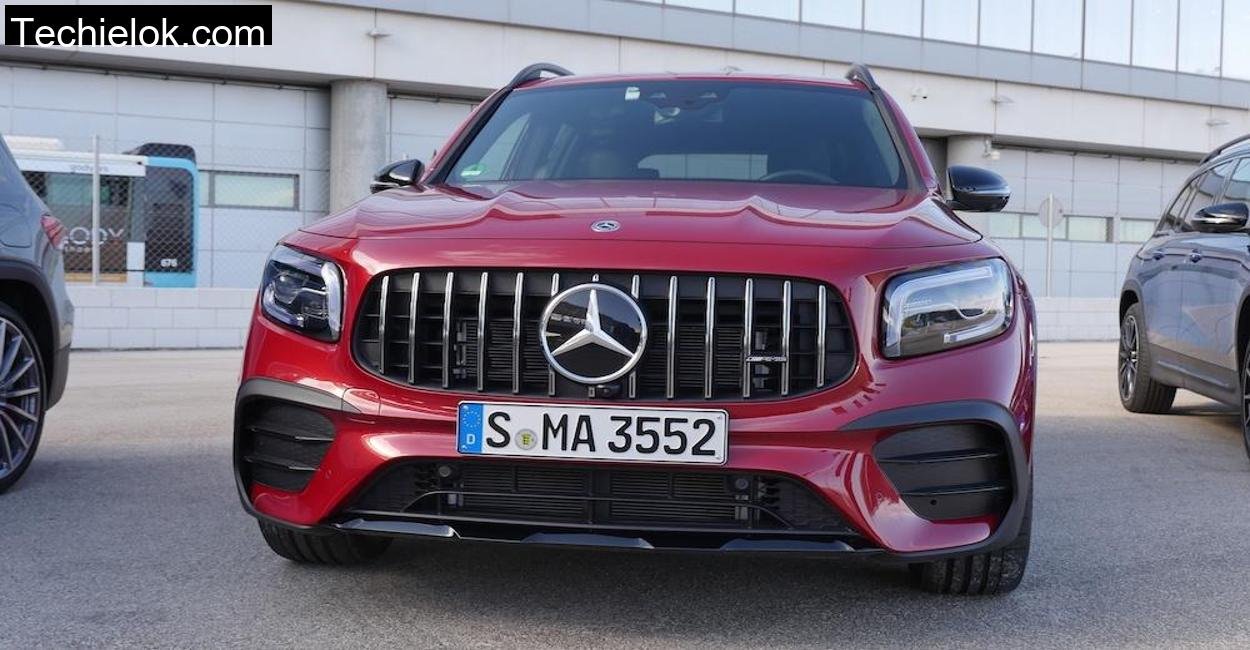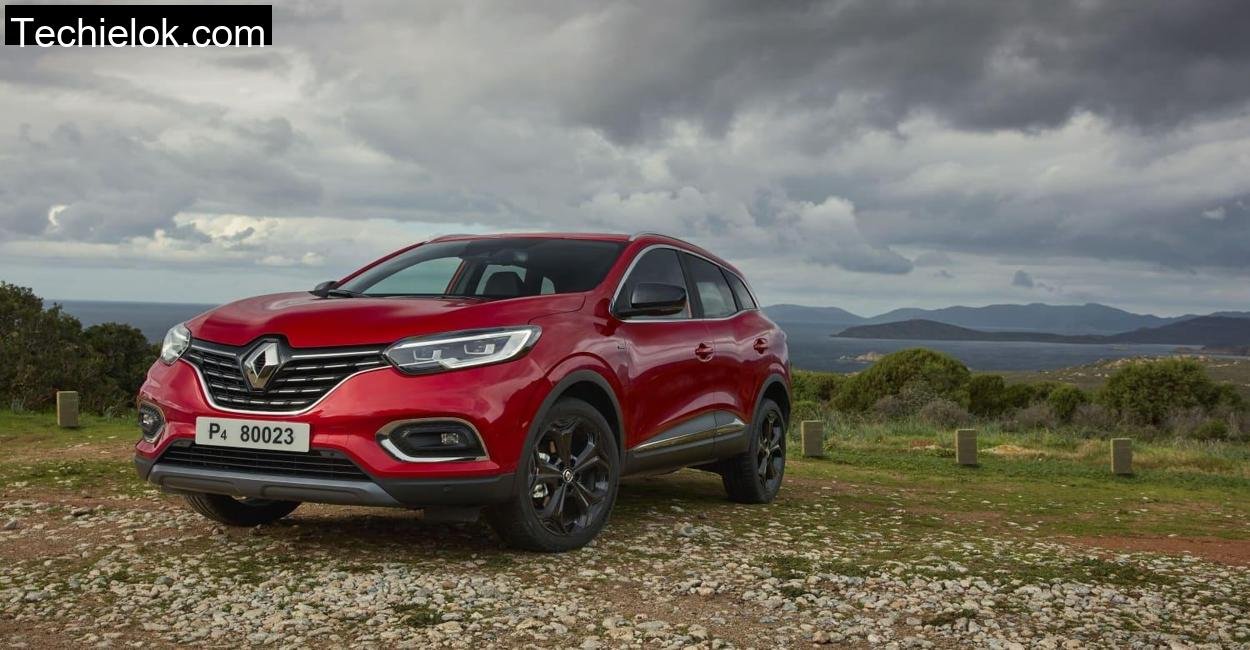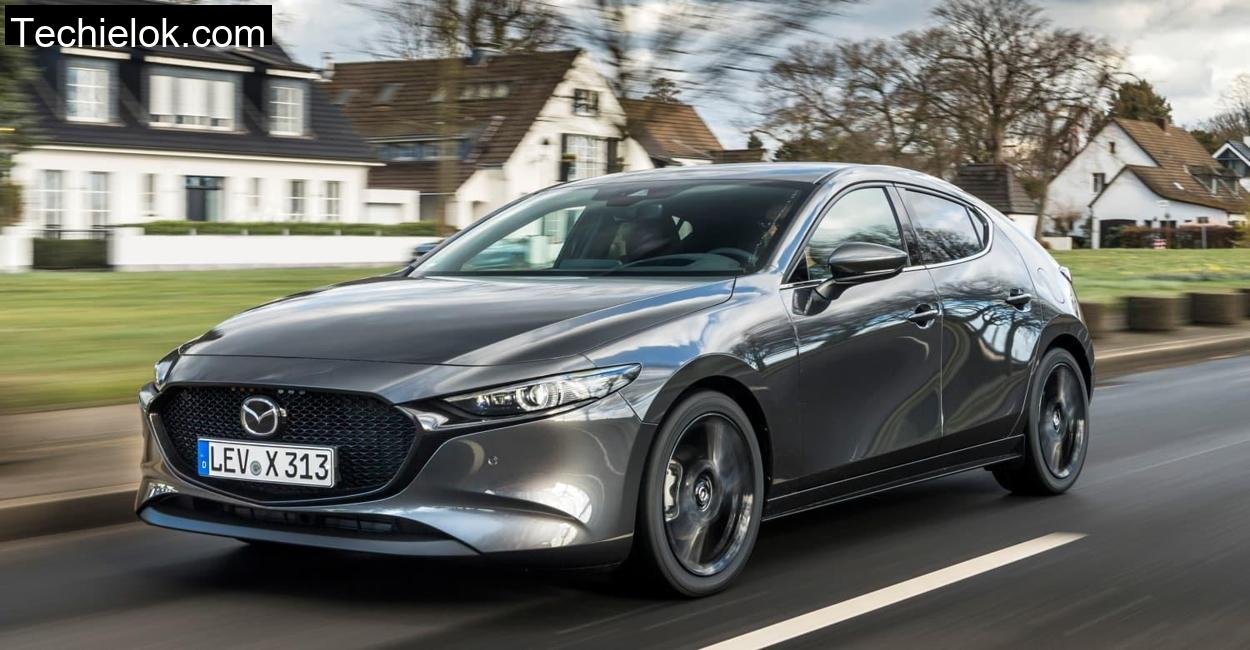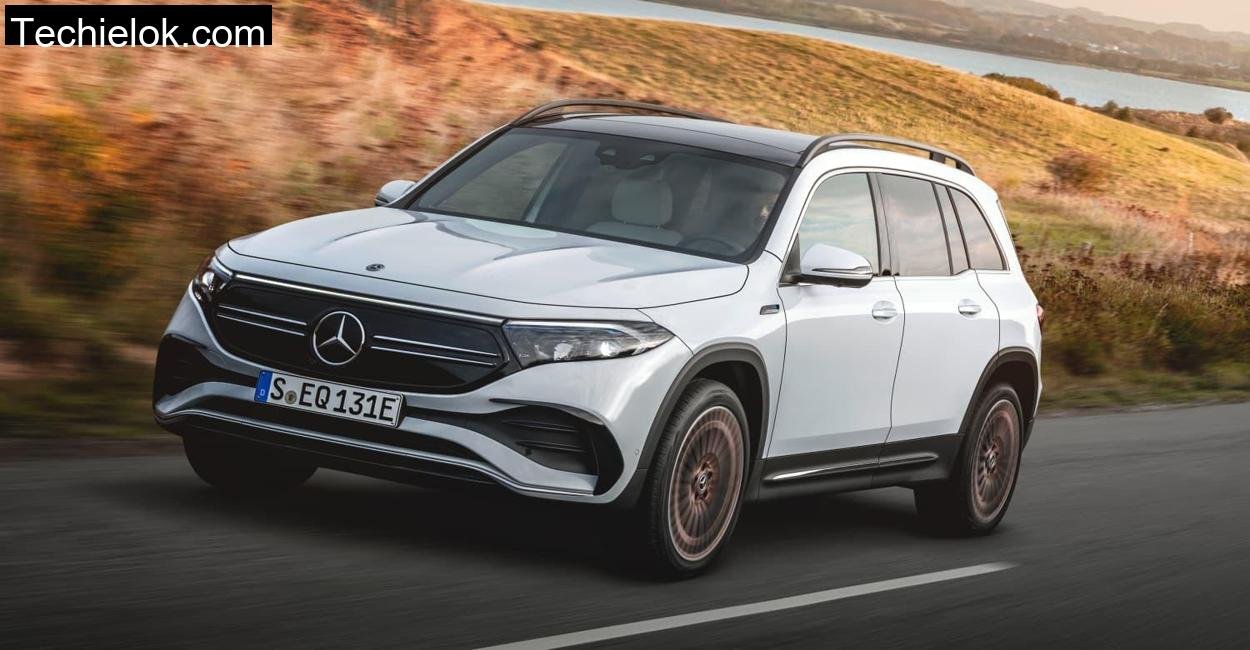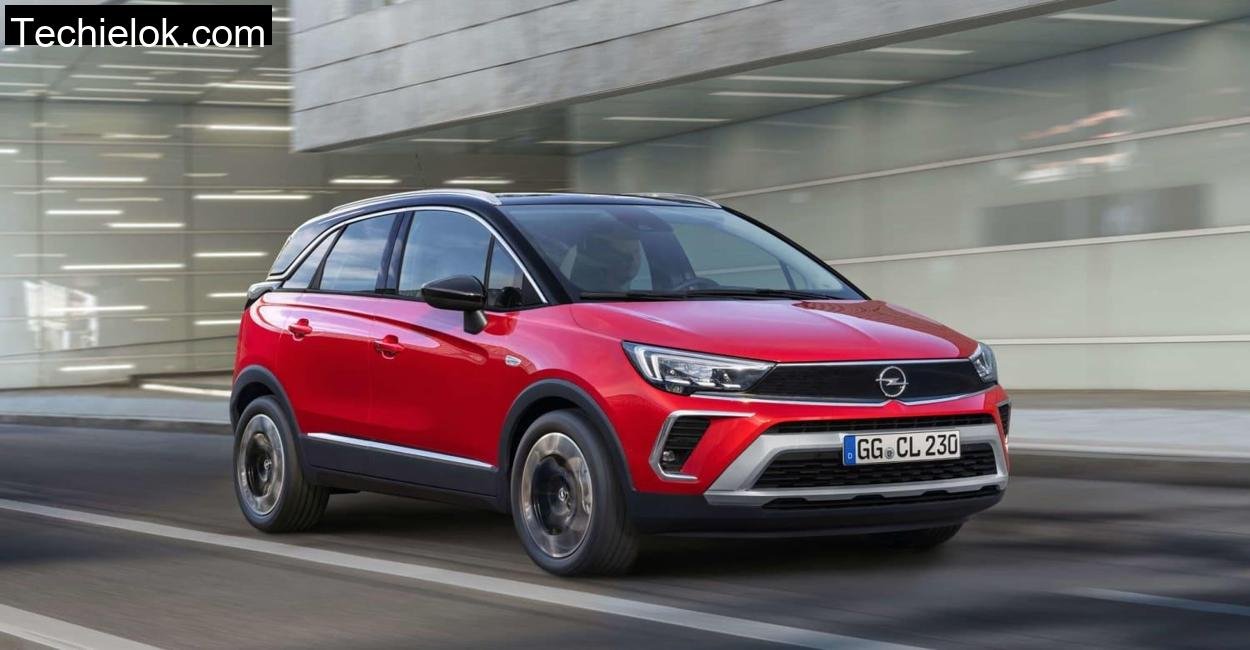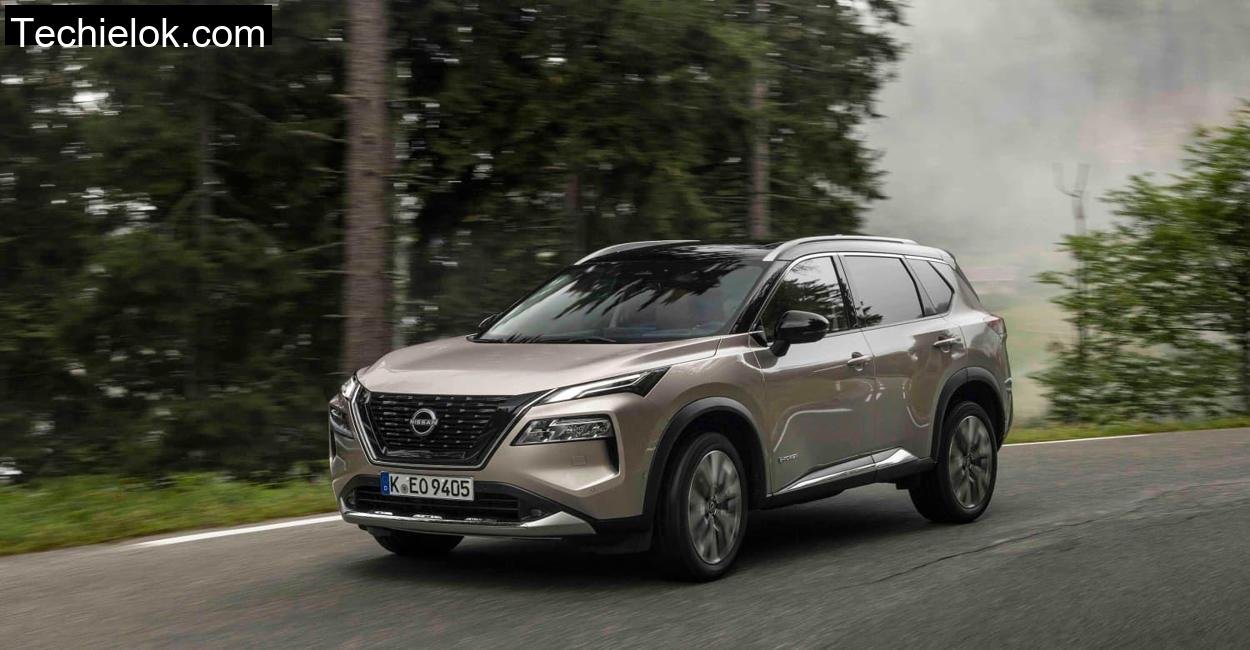I remember the first time I saw the Nio ET7. It stood there in the cool shade of the Osterwald forest, long, lean, and quiet, like a panther ready to pounce. There was a stillness to the way it occupied space, the kind only a 5.1, meter, long electric sedan with 653 horsepower can command. The light filtered through the pines and danced on the lacquered Galaxy Shadow paint, making the silhouette of this Chinese premium EV shimmer like a spacecraft from the future.
And in many ways, it is from the future.
Testing this car in the Osterwald region felt almost poetic. The winding forest roads, occasional straight, line bursts through the clearing, and those shaded, narrow passes made for an ideal test bed. But I wasn’t here for romance. I was here to put the ET7 to the test , to see if this Tesla, hunting, battery, swapping, lidar, laden machine had what it takes to live up to the buzz.
First Glance: Presence, Luxury, and Subtle Sophistication
Sliding into the Nio ET7 was like stepping into a lounge , warm materials, ambient lighting, and the absence of clutter. The minimalist cabin speaks softly but confidently: a 12.8, inch AMOLED touchscreen floats center stage, flanked by a sleek 10.2, inch instrument cluster and an even subtler HUD on the windshield. But the real surprise? Nomi.
Perched on the dash like a digital pet, this AI voice assistant isn’t just a gimmick. She blinks. She tilts. She remembers your preferences. She told me the weather in Hameln without being asked, then apologised for not knowing the football score. Weirdly charming.
From the moment I touched the Alcantara, trimmed steering wheel, it was clear this wasn’t a car built to mimic German sedans , it wanted to redefine the experience. But first, it needed to prove itself on the road.
Ride and Performance: The Osterwald Assault
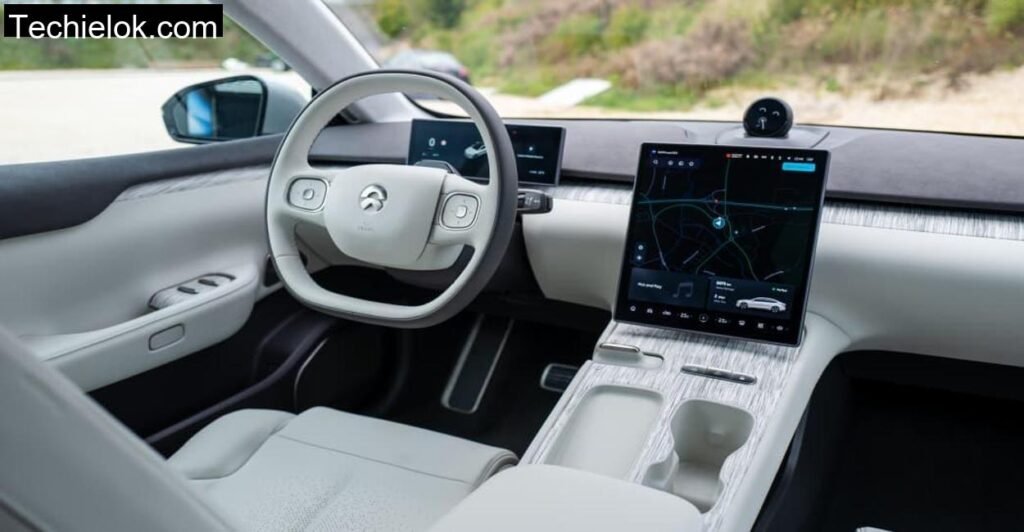
The plan was simple. Start in the valley near Delligsen, climb through the forest into harder terrain, and then hit the upper B240 stretch toward Grünenplan to see how it breathes at higher speeds.
I eased the ET7 out of the parking spot with 85% charge. Projected range: 499 kilometers. Enough for a full day’s play. The air suspension soaked up the cobbled village streets as we exited Osterwald’s sleepy outskirts. I’d driven countless EVs before , some stiff like skateboards, others overly floaty , but the ET7 found a perfect middle ground.
Then I floored it.
In Sport+ mode, 850 Nm of torque slapped me into the seat. No drama. No wheel spin. Just a controlled, silent surge. 3.8 seconds to 100 km/h? I believe it. From 60 to 100, it felt like 2 seconds flat. That instant electric thrust made overtaking uphill cyclists feel like hitting a cheat code.
Steering feel was the only real letdown. Around the center position, it felt light, vague , I found myself making micro, corrections at 120 km/h. Maybe it’s tuned for the Chinese or American market, where highways are straight and feedback isn’t a concern. Here in the German forest? I wanted more weight, more bite.
But grip was strong. In ADAC, style evasive maneuvers on a closed loop we arranged near Osterwald’s logging road, the ET7’s stability program kicked in calmly, keeping the 2.4, ton sedan planted.
The Battery Swap Experience: Magic Under Five Minutes
It’s one thing to read about Nio’s battery swapping tech. It’s another to experience it. We made a detour to Zusmarshausen , one of the few active battery swap stations in Germany. You just roll in, press a button, and sit back. The robot lifts the car slightly, removes the depleted battery, and bolts in a fresh one with surgical precision.
It took just under 5 minutes.
No queue. No fiddling with charging cables. No worries about charging speeds or plug types. Just in, out, and done. It made Tesla’s Superchargers suddenly feel old, fashioned.
Chauffeur or Driver’s Car?
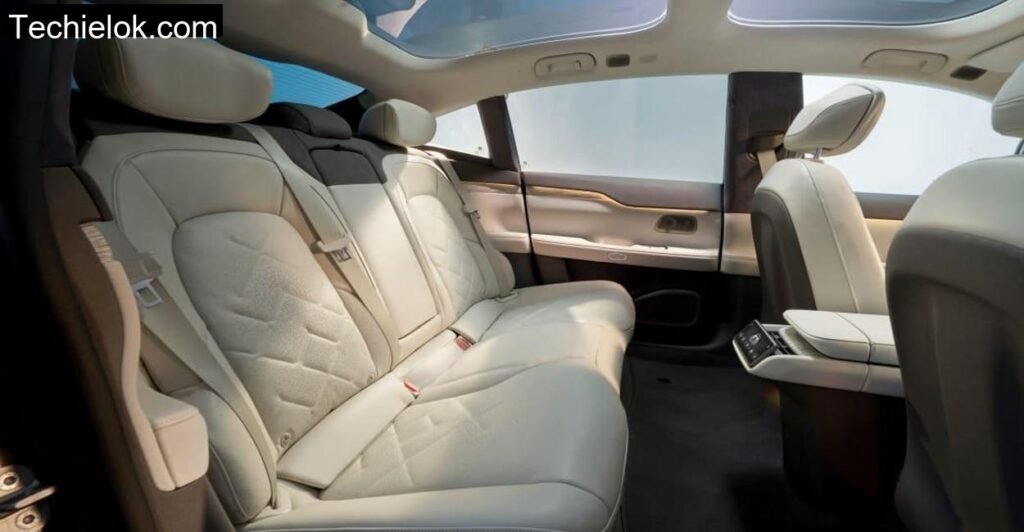
With the driver’s seat reclined all the way, I found more legroom than in most executive sedans. And I’m 6 feet tall. The seats have heating, cooling, and massage functions. Even the rear seats get the massage treatment, though it means you can’t fold them down , a shame for anyone planning long road trips with gear or bikes.
Trunk access is awkward. The opening is shallow, and the boot itself only holds 363 liters. Not ideal when I tried fitting my folded Brompton bike in there. It fit, but barely, and only at an angle. Still, the knee room in the rear is massive. This car feels more S, Class than Model S in that regard.
Range, Charging and Efficiency: Where It Stands
At 18.5 kWh per 100 km (WLTP) and a real, world ADAC, tested consumption of 20.4 kWh/100 km, the ET7 is commendably efficient for such a big, powerful EV. With the 100 kWh pack, 485 real, world kilometers felt very doable. We drove the car hard, with aggressive bursts, some AC running, and still ended the day with 22% left.
But its fast, charging ability is behind the curve. Max DC charging is 125 kW. That’s not terrible, but when you’re spoiled by Hyundai or Tesla’s 200+ kW options, waiting 40 minutes from 10 to 80% feels a bit dated. That’s where Nio’s swap station advantage truly shines.
Driving Assistance: Hardware Over Software
If hardware alone dictated autonomous performance, the ET7 would already be Level 4. With 33 sensors including lidar, ultrasonic radar, and 11 cameras, it’s practically a spaceship. But in practice, the assistance systems weren’t as polished.
Adaptive cruise occasionally braked randomly. Traffic sign recognition was hit, or, miss, and lane, keeping sometimes felt forceful, as if the car wanted to steer rather than assist. These things can , and likely will , improve via OTA updates. But as of my test in Osterwald, the software didn’t yet match the promise of the hardware.
Tech and Infotainment: Good Intentions, Slight Missteps

Nio takes a bold path. No Android Auto or Apple CarPlay. Everything is run via Nio’s own ecosystem. That’s brave, but limiting. Some functions like adjusting air vents or even hazard lights are buried in menus. Beautiful menus, yes, but too deep. I spent longer than I’d like just trying to turn off the lane departure warning.
Thankfully, Nomi saves the day. You just ask her. “Turn off lane assist.” Done. “Massage, please.” Done. She even blinked when I said thank you. Still, for people not used to voice control, the interface may feel over, digitized.
Technical Specifications of the Nio ET7
For up-to-date and accurate specs, we rely on Nio’s official web data.
| Specification | Details |
| Drive | Dual, motor AWD (electric) |
| System Power | 480 kW / 653 hp |
| Torque | 850 Nm |
| 0, 100 km/h | 3.8 seconds |
| Top Speed | 200 km/h |
| Battery Capacity (Gross/Net) | 100 kWh / 90 kWh |
| WLTP Range | 584 km |
| Real, world Efficiency | 20.4 kWh/100 km |
| Max DC Charging Power | 125 kW |
| Trunk Volume | 363 liters |
| Towing Capacity (Braked) | 2,000 kg |
| Vehicle Weight | 2,454 kg |
| Length × Width × Height | 5,101 × 1,987 × 1,509 mm |
| Base Price (incl. battery) | €90,900 |
| Battery Swap Time | ~5 minutes |
| Warranty | 5 years / 150,000 km |
Conclusion: The Future Rolls Quietly , And It’s Made in China
The Nio ET7 isn’t a gimmick. It’s a serious contender. It rides with grace, accelerates like a rocket, and introduces battery swapping in a world still stuck fiddling with cables. It’s not perfect , steering needs more feel, the interface could be more intuitive, and the driver assistance needs polishing. But it’s easy to forget how new Nio is to this game.
In Osterwald, the ET7 didn’t just feel like a car. It felt like a vision. A car built for a digital, electric, fast, moving world where time is too precious to wait at chargers and where even your dashboard says “Good morning” with a blink and a smile.
Does the ET7 support fast charging?
Yes, it supports DC charging up to 125 kW, but the real innovation is its battery swap system which takes under 5 minutes.
What’s the expected real, world range of the ET7?
With the 100 kWh battery, around 485 kilometers in mixed real, world driving.
How does ET7 compare to Tesla Model S?
In straight, line performance, comfort, and tech integration, it’s a worthy rival. But Tesla still leads in software and charging network depth.
